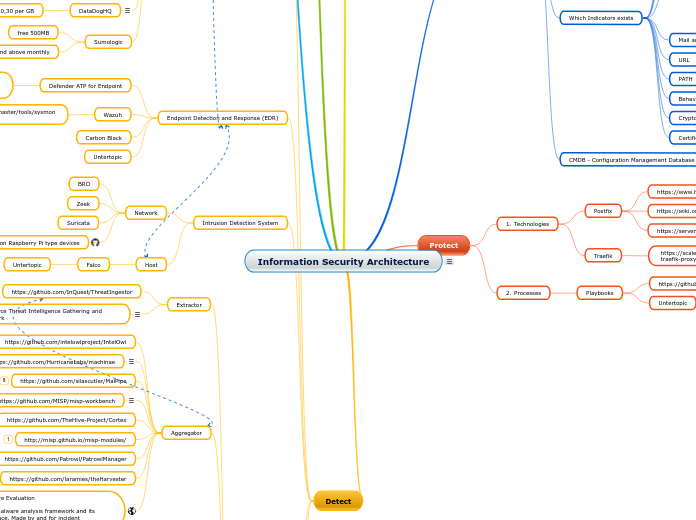af Valerie Carroll 6 år siden
149
Youth Programs Module 2 Assignment 2
Creating a makerspace involves several key steps and considerations, starting with identifying the needs and goals of the space. This collaborative environment should be centrally located and accessible to individuals from diverse backgrounds.









